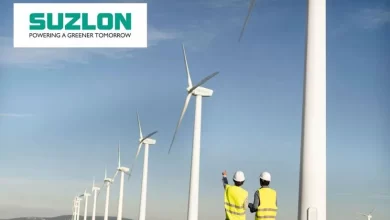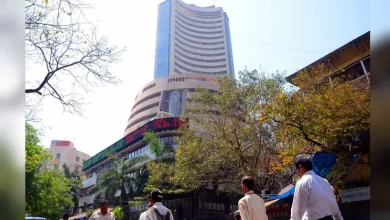
If your monthly flat maintenance exceeds Rs 7,500, you will have to shell out 18 per cent GST on it
Hyderabad: Luxury pinches too, especially with the Goods and Services Tax (GST) now applicable to almost everything.
If you are living in one of those luxury apartments which have all high-end facilities, be prepared to shell out GST if your maintenance is above Rs 7,500 per month. The current GST rate on apartment maintenance is 18 per cent.
“The GST on maintenance amount directly leads to increased outflow for the tenant or owner of the property, depending upon who bears the additional cost,” says Anuragg Jhanwar, Co-founder & Partner, Upwisery Advisors LLP, a multi-family office & private wealth.
The impact will primarily be seen in higher-sized units which are part of integrated townships. “Mostly Hyderabad houses are bigger compared to Bengaluru and Mumbai. So the expected impact of GST on flat owners in the city is much higher,” says Jhanwar
Hyderabad has seen several launches in the last few years, particularly in the luxury segment. As per Anarock Research, of the total new launches of 10,280 units in Q1 2025 in Hyderabad, nearly 7,225 units were in the luxury and ultra-luxury segments, comprising a whopping 70 per cent share.
“Of these (7,225 units), nearly 3,160 units were launched in the price bracket of Rs 1.5 crore to Rs 2.5 crore while the remaining 4,065 units launched were priced at around Rs 2.5 crore,” says Mudit Gupta, Director & City Head – Hyderabad, Anarock Group.
However, this 18 per cent GST can be included in the rent too and the tenant need not pay anything extra. The psychological effect of not paying a tax is always a relief.
The GST on flat maintenance was introduced in 2017 and a clarification that it is payable on the entire amount, and not just the amount exceeding Rs 7,500, was issued by the Central Board of Indirect Taxes and Customs through a circular dated 22 July 2019 (Circular No. 109/28/2019-GST).
Anuragg Jhanwar, Co-founder & Partner, Upwisery Advisors LLP, Multi family office & private wealth, breaks it down for us:
Anuragg Jhanwar
- Net residential yields: Is the return on letting out a residential property over the cost of ownership. This will be impacted marginally because of the GST. The impact is expected more on over 1,500 square feet units which are part of integrated townships with all modern amenities.
- Cost of ownership: This will increase, and mostly be passed to end users impacting savings.
- Facilities that need maintenance: Security, cleaning, repairs, gym, pool upkeep, power backup, worship areas, lifts, garden upkeep and many other amenities require regular upkeep and maintenance. Though the GST varies on these facilities, it is calculated as a whole.
- Who Pays: The onus of paying the maintenance and any applicable GST lies upon the owner. In case it is let out and there is an explicit agreement that the tenant should bear the maintenance charges, the same is borne by him/her. In most cases, it will be passed on to the tenant in the form of higher rent. The Resident Welfare Association (RWA) or Housing Society is responsible for charging, collecting and depositing it with the government and filing GST returns.
- The Impact: In case the monthly maintenance is over Rs 7,500 per month, and the annual maintenance collection of the housing society is over Rs 20 lakh, GST will be applicable.
- For Smaller Apartments: If you live in a smaller complex, things might be different. Apartments with an annual turnover under Rs 20 lakh do not fall under the ambit of GST. This applies to the whole complex, not individual flats.







